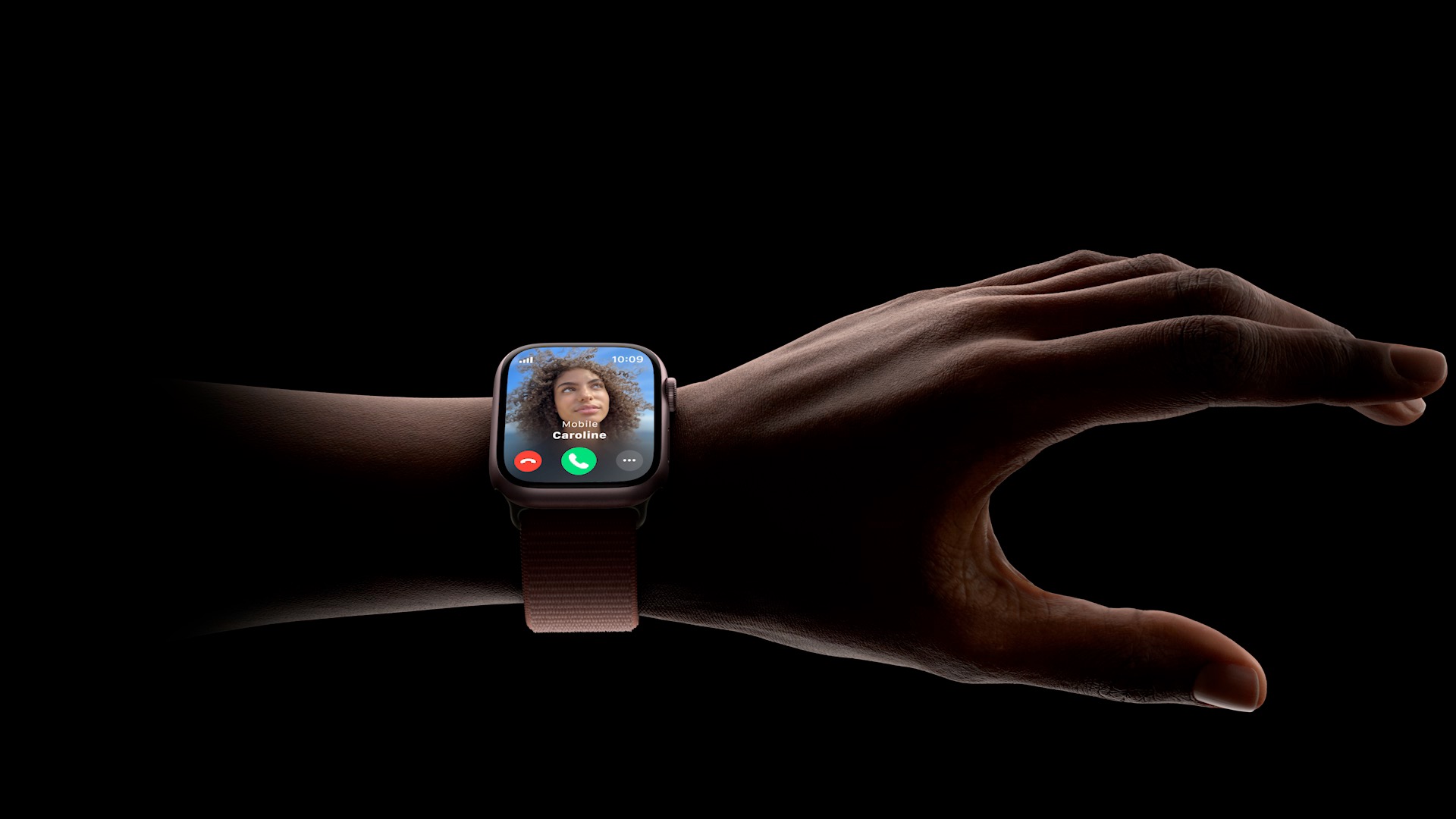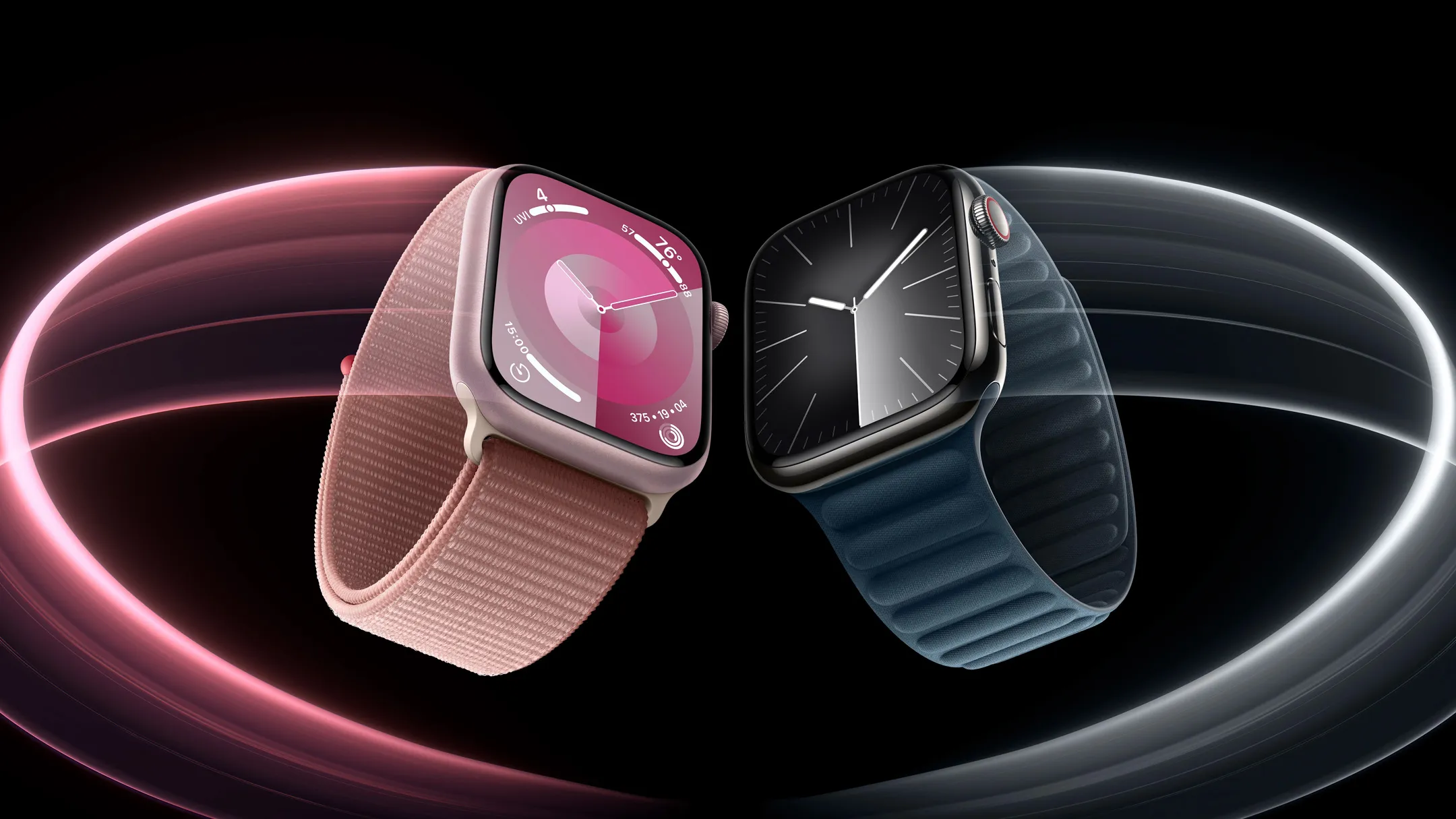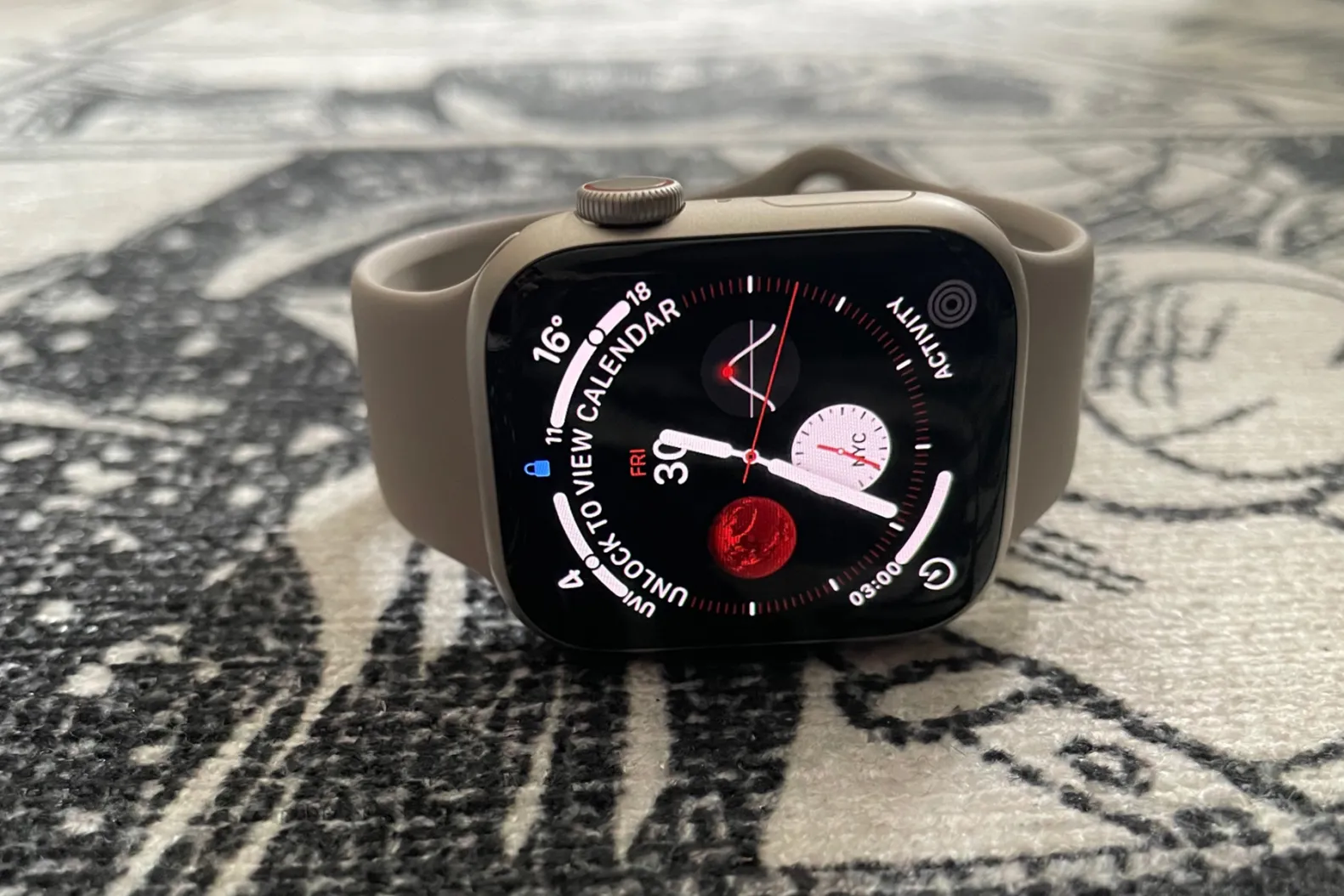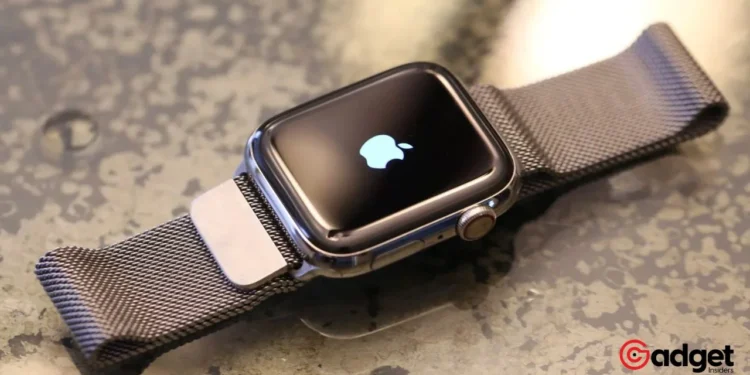In an unprecedented turn of events, Apple faces a significant hurdle with a ban on its latest wearable innovations, the Apple Watch Series 9 and Watch Ultra 2. This development stems from a long-standing patent dispute with medical device maker Masimo, marking a notable shift in Apple’s otherwise smooth sailing in the tech market. Here’s an in-depth look at how we got here, what it means for Apple Watch owners and the potential roadmap ahead for Apple.

Apple Watch Ban: The Roots of the Dispute
The conflict traces back to 2013, well before the release of the Apple Watch Series 6, which became a focal point due to its blood oxygen monitoring feature. Masimo accused Apple of not only infringing on its pulse oximetry patents but also of poaching key talent to develop similar technology. This accusation laid the groundwork for a legal battle that has culminated in the current ban, underscoring the complexities of innovation and patent rights in the tech industry.

The Legal Battlefield
Fast forward to 2020, and the release of the Apple Watch Series 6 brought these tensions to a head. Masimo’s subsequent lawsuit and Apple’s counterclaims highlight the fiercely competitive nature of the tech world, where advancements in health monitoring technologies have become a key battleground.
The involvement of the US International Trade Commission (ITC) and the eventual ruling against Apple underscore the high stakes involved, with the ban reflecting the broader implications of patent disputes in shaping market dynamics.
Navigating the Ban
Since January 17, 2024, Apple has been compelled to sell modified versions of the Apple Watch Series 9 and Watch Ultra 2 in the US, excluding the contested blood oxygen monitoring functionality. This move illustrates Apple’s agility in responding to regulatory challenges, yet it also raises questions about the future of health-related features on its devices.
Which #AppleWatch do you like more?👀 pic.twitter.com/R477ida56B
— AppleInsider (@appleinsider) February 16, 2024
Implications for Consumers
For current owners of the Apple Watch Series 9 or Watch Ultra 2, the ban’s immediate impact may seem minimal, as existing blood oxygen monitoring features remain accessible. However, the situation introduces uncertainties regarding future support and functionality, especially for those requiring warranty service.
Apple’s statement assures minimal disruption for existing users, but the long-term implications of the ban on Apple’s product strategy and consumer trust remain to be seen.
The Path Forward for Apple
In the face of this setback, Apple is exploring various legal and technical avenues to mitigate the ban’s effects and ensure the continued availability of its latest Apple Watches. Efforts to modify the devices’ algorithms to sidestep patent infringement allegations indicate Apple’s commitment to maintaining its innovative edge.
Yet, the possibility of protracted legal appeals and the challenges of navigating patent landscapes without compromising on functionality present ongoing hurdles for the tech giant.

A Strategic Crossroads
The Apple Watch ban not only reflects the complexities of intellectual property rights in the tech industry but also serves as a pivotal moment for Apple. As the company weighs its options, from pursuing appeals to potentially overhauling its approach to health monitoring technologies, the decisions made in the coming months could have lasting implications for its product development strategies and competitive positioning.
Apple Watch Ban: An Uncertain Horizon
As Apple navigates this challenging chapter, the outcome of its legal and technical maneuvers will be closely watched by industry observers and consumers alike. The Apple Watch ban underscores the delicate balance between innovation, collaboration, and competition in the tech world, with far-reaching implications for how companies approach the development and protection of groundbreaking technologies.
As we await further developments, one thing is clear: the resolution of this dispute will likely shape the future of wearable tech for years to come.










